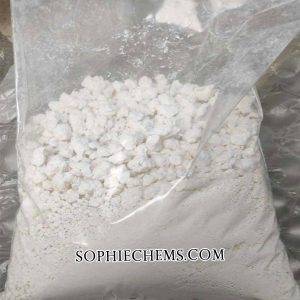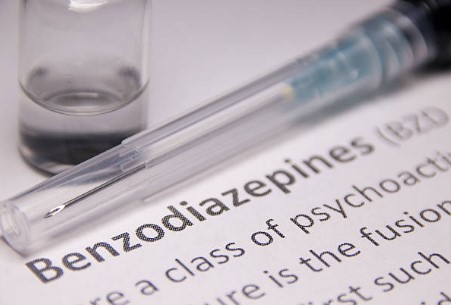Opioid overdose has become a major public health crisis in the United States. According to the Bureau of Labor Statistics (BLS), there were over 47,000 opioid overdose deaths in 2017 alone. This number continues to rise each year, making it crucial for individuals to understand the dangers of opioid overdose and how to respond in case of an emergency.
What are Opioids?
Opioids are a class of drugs that are commonly used to treat pain. They work by binding to opioid receptors in the brain and blocking pain signals. Some common opioids include prescription painkillers like oxycodone, hydrocodone, and fentanyl, as well as illegal drugs like heroin.
The Dangers of Opioid Overdose
by Pharmacy Images (https://unsplash.com/@pharmapix)
When taken as prescribed, opioids can be effective in managing pain. However, when taken in larger doses or combined with other substances, they can cause respiratory depression, which can lead to death. Opioid overdose occurs when a person takes too much of the drug, causing their breathing to slow down or stop completely. This can result in brain damage, coma, and death if not treated immediately.
Recognizing the Signs of Opioid Overdose
It is important to be able to recognize the signs of opioid overdose in order to respond quickly and potentially save a life. Some common signs of opioid overdose include:
- Slow or shallow breathing
- Blue lips or fingertips
- Pinpoint pupils
- Loss of consciousness
- Unresponsiveness
- Slow or absent pulse
If you suspect someone is experiencing an opioid overdose, it is important to call 911 immediately.
Administering CPR for Opioid Overdose
In some cases, a person experiencing an opioid overdose may stop breathing or their heart may stop beating. In these situations, it is crucial to administer CPR (cardiopulmonary resuscitation) until emergency medical services arrive. CPR involves chest compressions and rescue breaths to help circulate oxygenated blood to the brain and other vital organs.
Naloxone: A Life-Saving Medication
Naloxone, also known as Narcan, is a medication that can reverse the effects of an opioid overdose. It works by binding to the same receptors as opioids, but in a stronger and longer-lasting way. This can help restore normal breathing and potentially save a person’s life. Naloxone is available as a nasal spray or injection and can be administered by anyone, not just medical professionals.
The Importance of Education and Prevention
While naloxone can be a life-saving medication, it is important to remember that it is not a cure for opioid addiction. Education and prevention are key in addressing the opioid crisis. This includes proper disposal of unused medications, seeking alternative pain management methods, and recognizing the signs of opioid addiction in oneself or others.
Conclusion
Opioid overdose is a serious and potentially fatal condition that requires immediate attention. By understanding the dangers of opioids and knowing how to respond in case of an emergency, we can help prevent unnecessary deaths and work towards addressing the opioid crisis in our communities. Remember, if you or someone you know is experiencing an opioid overdose, call 911 immediately.








Leave a comment
You must be logged in to post a comment.